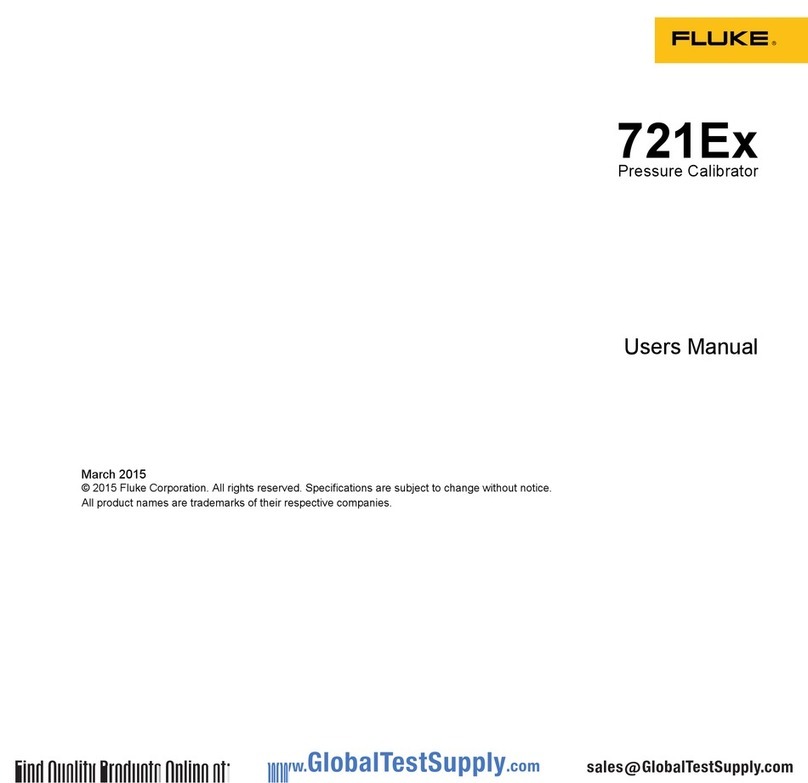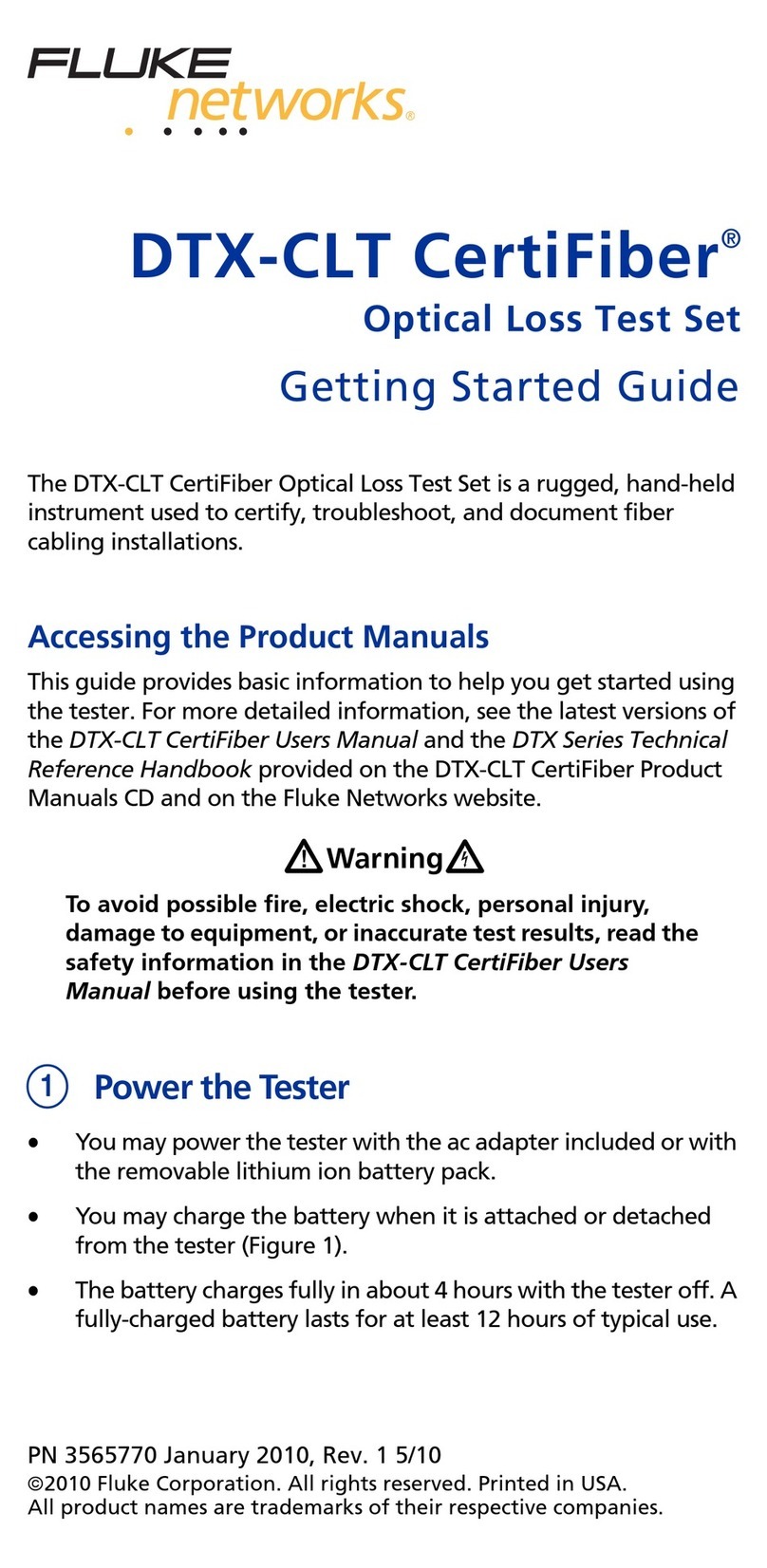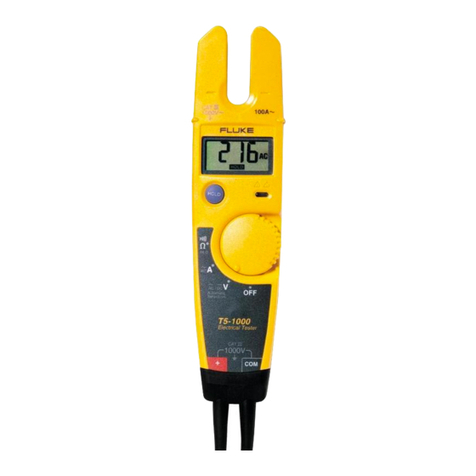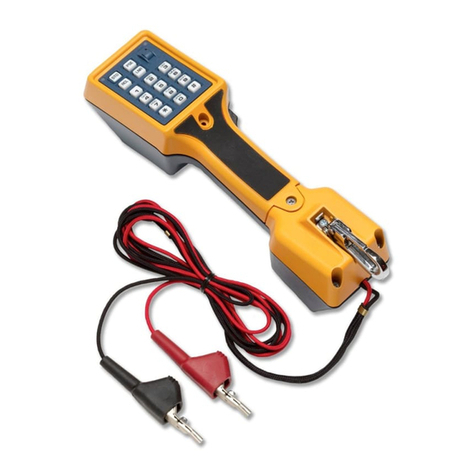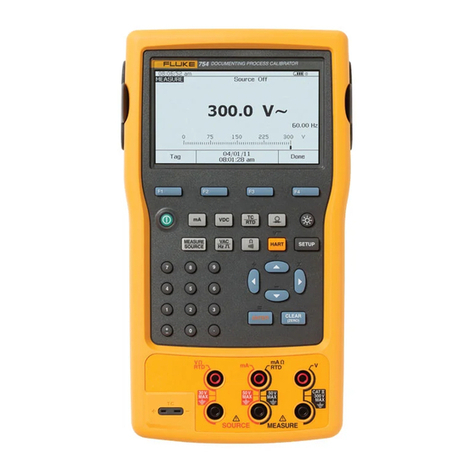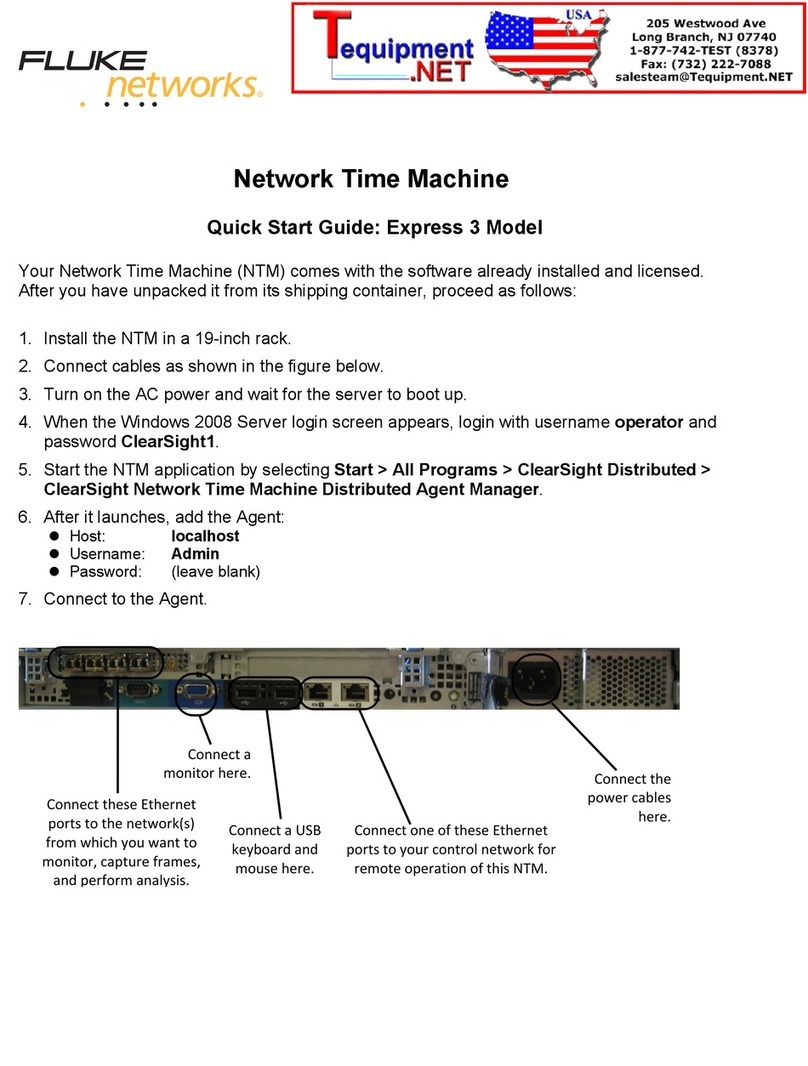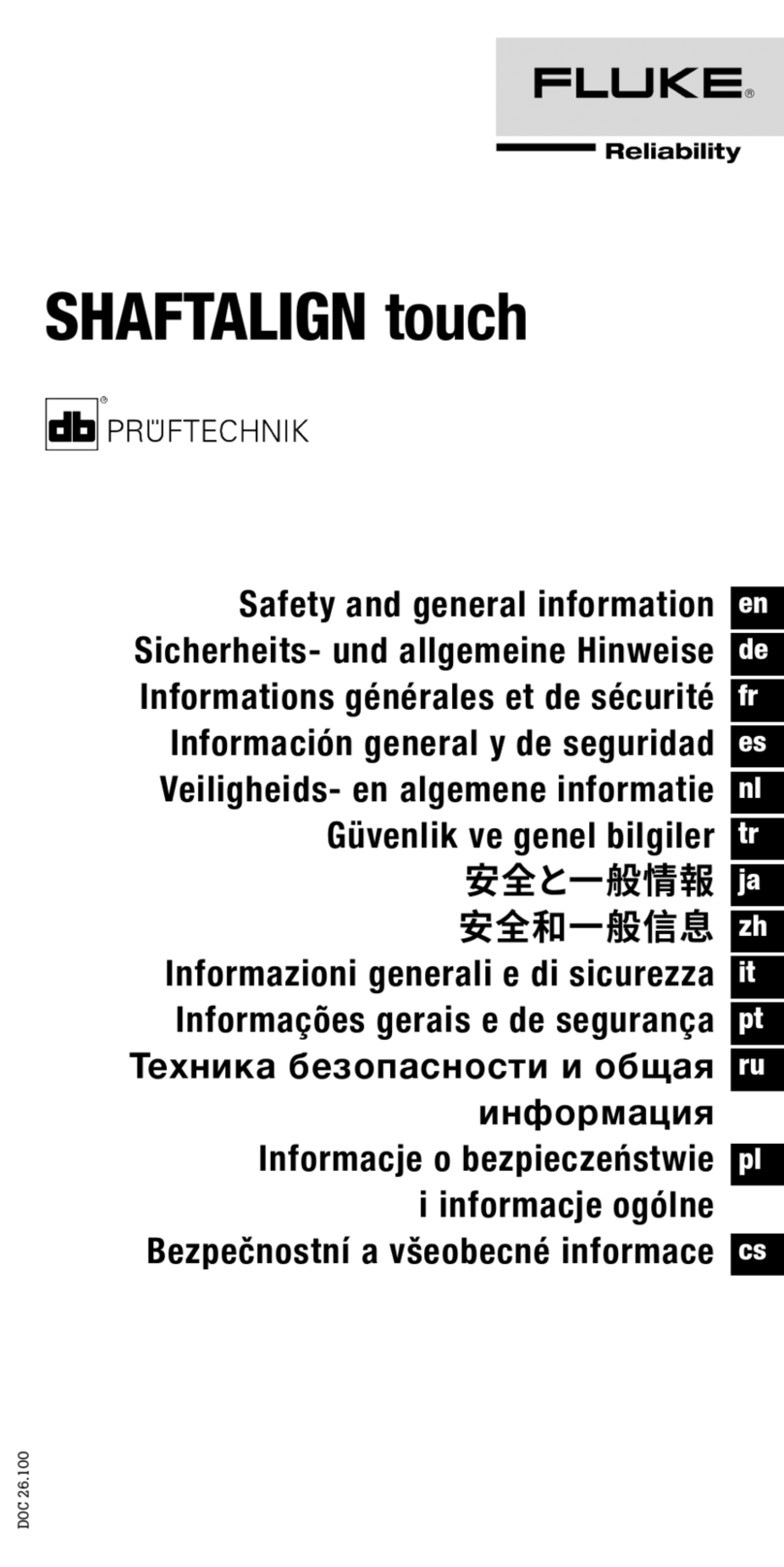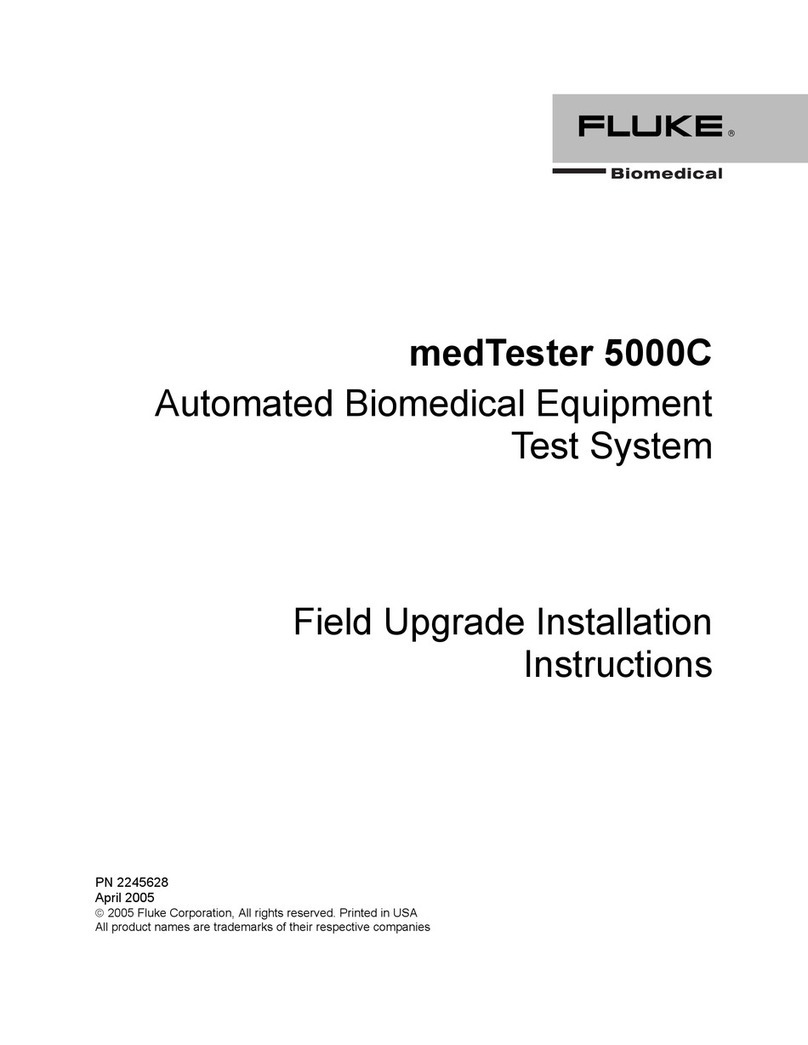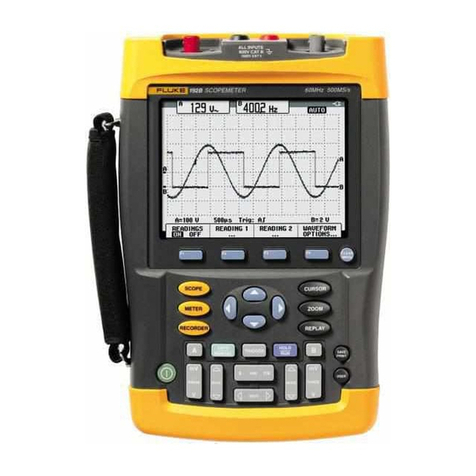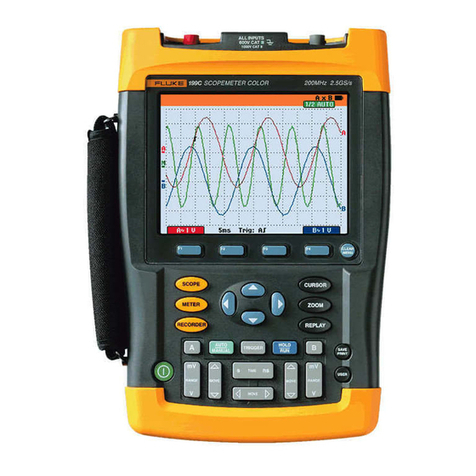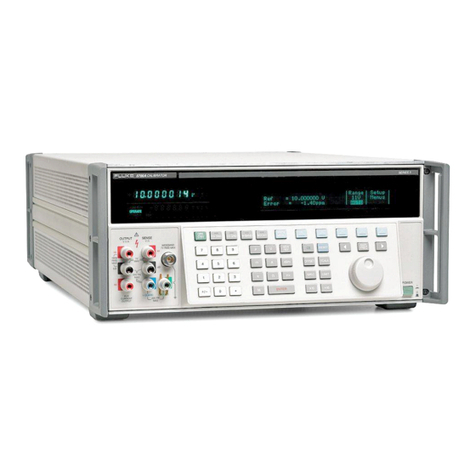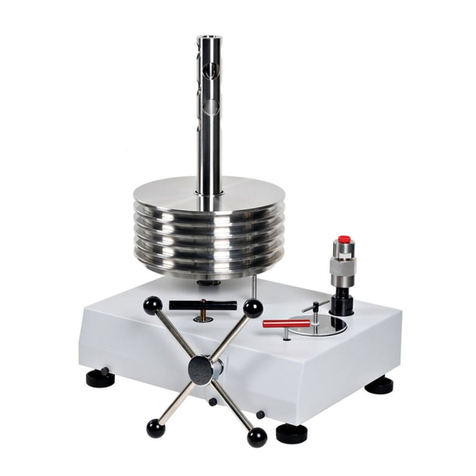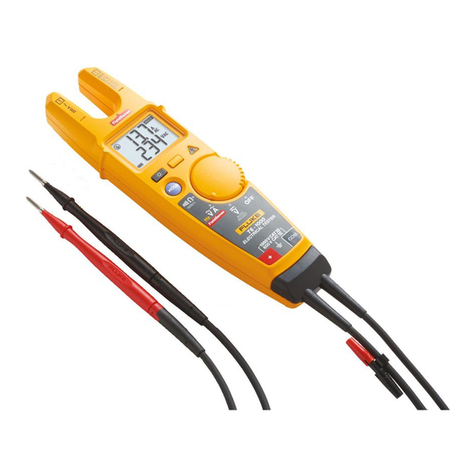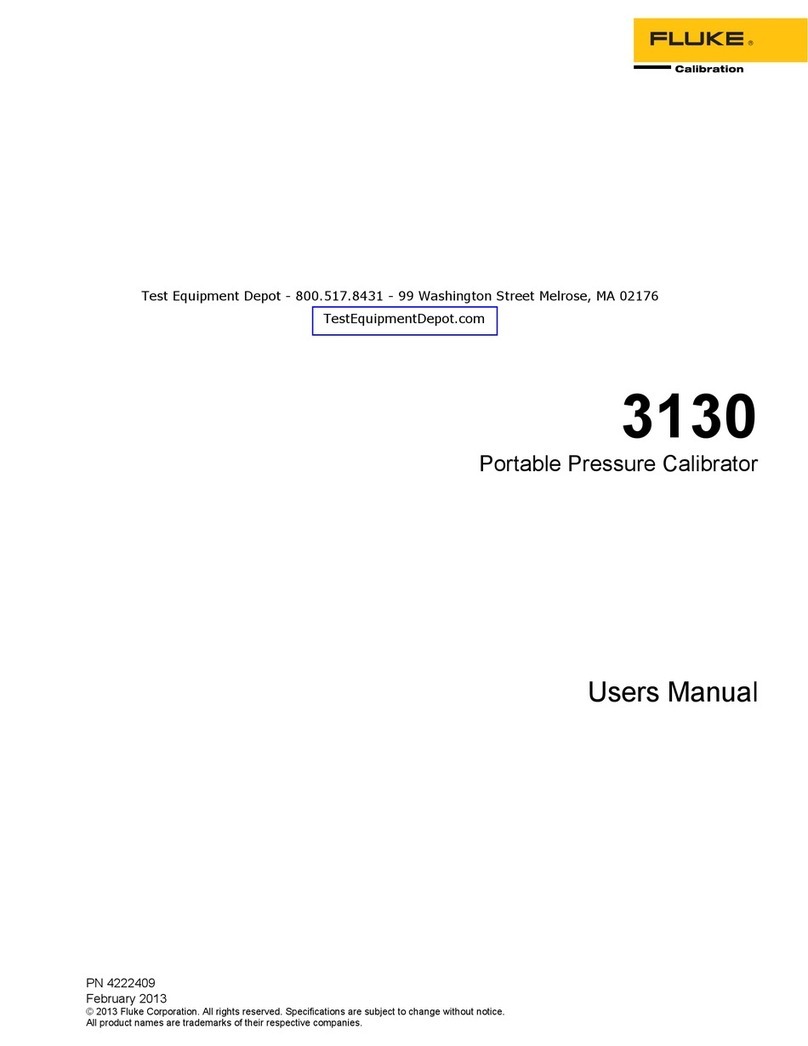
5500A
Service Manual
viii
3-37. AC Voltage Accuracy with a DC Offset................................................................ 3-40
4-1. Internal Fuse Locations.......................................................................................... 4-14
4-2. Error Message Format............................................................................................ 4-14
5-1. Chassis Assembly................................................................................................... 5-5
5-2. Front Panel Assembly............................................................................................ 5-8
5-3. Rear Panel Assembly ............................................................................................. 5-10
6-1. Volt Specifications................................................................................................. 6-6
6-2. Edge Specifications................................................................................................ 6-7
6-3. Leveled Sine Wave Specifications......................................................................... 6-8
6-4. Time Marker Specifications................................................................................... 6-9
6-5. Wave Generator Specifications.............................................................................. 6-9
6-6. Pulse Generator Specifications .............................................................................. 6-10
6-7. Trigger Signal Specifications (Pulse Function)..................................................... 6-10
6-8. Trigger Signal Specifications (Time Marker Function)......................................... 6-10
6-9. Trigger Signal Specifications (Edge Function)...................................................... 6-11
6-10. Trigger Signal Specifications (Square Wave Voltage Function)........................... 6-11
6-11. TV Trigger Signal Specifications .......................................................................... 6-11
6-12. Oscilloscope Input Resistance Measurement Specifications................................. 6-11
6-13. Oscilloscope Input Capacitance Measurement Specifications .............................. 6-11
6-14. Overload Measurement Specifications .................................................................. 6-12
6-15. SC600 Calibration and Verification Equipment.................................................... 6-15
6-16. Voltage HP3458A Settings.................................................................................... 6-19
6-17. Edge and Wave Generator HP3458A Settings....................................................... 6-20
6-18. Verification Methods for SC600 Functions........................................................... 6-28
6-19. DC Voltage Verification at 1 MΩ......................................................................... 6-30
6-20. DC Voltage Verification at 50 Ω........................................................................... 6-31
6-21. AC Voltage Verification at 1 MΩ......................................................................... 6-32
6-22. AC Voltage Verification at 50 Ω........................................................................... 6-33
6-23. AC Voltage Frequency Verification...................................................................... 6-34
6-24. Edge Amplification Verification............................................................................ 6-35
6-25. Edge Frequency Verification ................................................................................. 6-36
6-26. Edge Rise Time Verification.................................................................................. 6-38
6-27. Edge Aberrations.................................................................................................... 6-39
6-28. Tunnel Diode Pulser Amplitude Verification........................................................ 6-39
6-29. Leveled Sine Wave Amplitude Verification.......................................................... 6-40
6-30. Leveled Sine Wave Frequency Verification.......................................................... 6-41
6-31. Leveled Sine Wave Harmonics Verification ......................................................... 6-43
6-32. Low Frequency Flatness Verification at 5.5 V...................................................... 6-46
6-33. High Frequency Flatness Verification at 5.5 V ..................................................... 6-47
6-34. High Frequency Flatness Verification at 7.5 mV .................................................. 6-48
6-35. High Frequency Flatness Verification at 25 mV ................................................... 6-48
6-36. High Frequency Flatness Verification at 70 mV ................................................... 6-49
6-37. High Frequency Flatness Verification at 250 mV ................................................. 6-49
6-38. High Frequency Flatness Verification at 800 mV ................................................. 6-50
6-39. High Frequency Flatness Verification at 3.4 V ..................................................... 6-50
6-40. Time Marker Verification...................................................................................... 6-51
6-41. Wave Generator Verification at 1 MΩ.................................................................. 6-54
6-42. Wave Generator Verification at 50 Ω.................................................................... 6-55
6-43. Pulse Width Verification........................................................................................ 6-56
6-44. Pulse Period Verification....................................................................................... 6-57
6-45. MeasZ Resistance Verification.............................................................................. 6-58
6-46. MeasZ Capacitance Verification............................................................................ 6-59
6-47. SC300 Calibration and Verification Equipment.................................................... 6-75
6-48. AC Square Wave Voltage and Edge Settings for the HP3458A............................ 6-78
6-49. DC Voltage Verification at 1 MΩ......................................................................... 6-85


